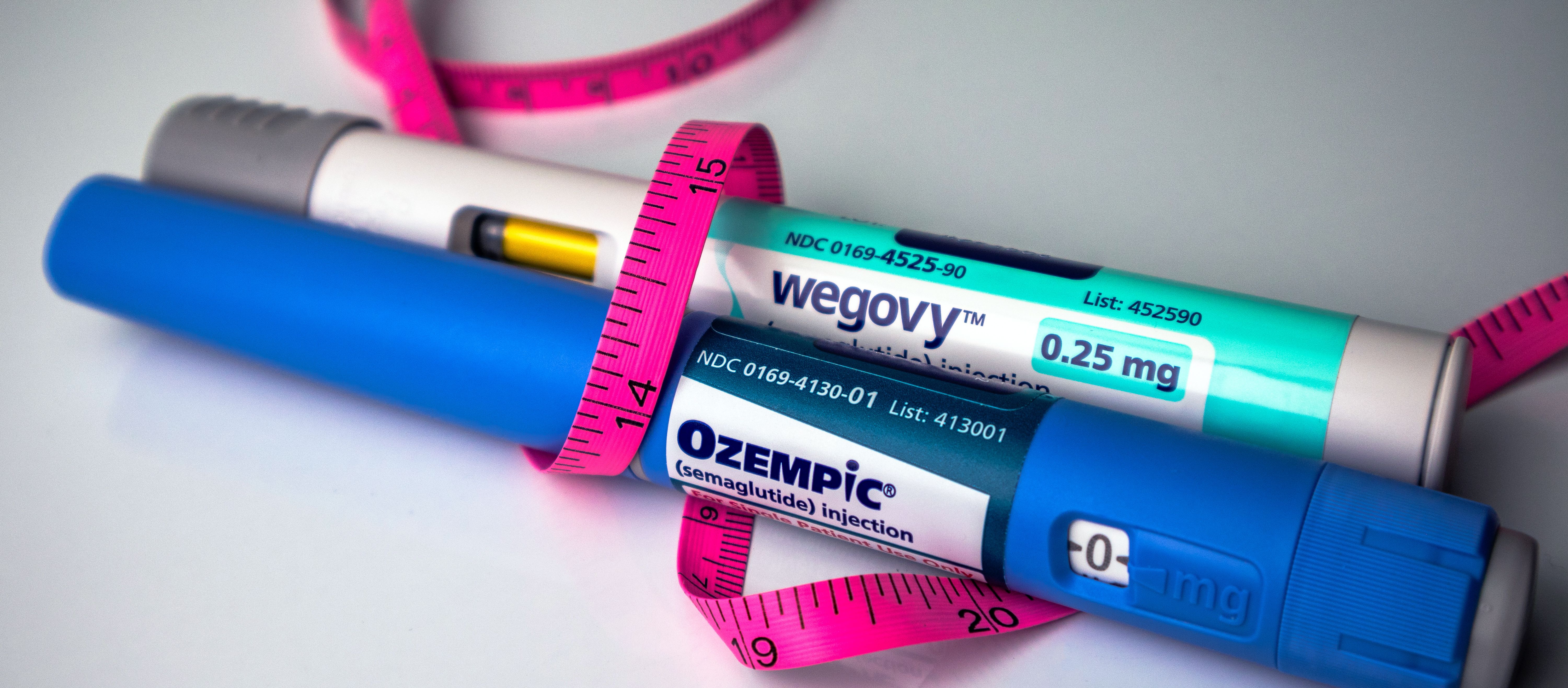Article
Does Passive Smoking Boost Diabetes Risk? A Lancet Meta-analysis Says Yes
Author(s):
Researcher found that not only was passive smoking associated with increased risk of type 2 diabete, but there was a direct dose-response relationship.
A review of 88 studies that involved more than 5.8 million patients and 295,446 cases of type 2 diabetes (T2D) has found that not only does active smoking increase one’s risk of developing the disease, but passive smoking is a culprit, too.
Both the study and an accompanying commentary in this week’s issue of The Lancet Diabetes and Endocrinology found that while the risk of developing T2D may increase somewhat in the immediate months after quitting, the risk drops significantly drops over the long term. Both the authors, led by An Pan, PhD, and the commentators, led by Naveed Sattar, said that the fear of gaining weight deters many smokers from quitting, but this short-term problem is more than offset by the long-term health benefits.
While it has been known that quitting smoking produces improved cardiovascular health and reduces the risk of lung cancer, the opportunity to reduce the risk of T2D can be added to the list, not only for the smoker but potentially for those living in the same household.
The study found that 11.7% of cases among men and 2.4% of cases of type 2 diabetes among women can be linked to active smoking. Researchers also compared the risk of developing T2D for never smokers with no exposure to passive smoke to those who had exposure, and determined that not only was there a connection to developing disease, but there was direct dose-response relationship. According the researchers, secondhand smoke can increase the risk of developing T2D by 21% to 57%.
Thus, the researchers concluded, reducing smoking is a key component to reversing trends in the worldwide T2D burden.
How is smoking simultaneously associated with lower weight and an increased risk of diabetes? In the commentary, the authors note that separate research by Morris, et al, suggests that the lower body mass index (BMI) may mask an increase in central adiposity, which means that smokers have a larger waist circumference than would be indicated for their BMI. Smokers also have specific gene variants associated with lower BMI that suggest that smoking may cause lower body weight, but smokers with the larger waist circumstance lack this variant. This suggests that smoking does something to redistribute body fat in the abdominal area “in a way that accelerates diabetes risk,” according to the commentary.
Smokers overall have less healthy diets, consume more alcohol and get less exercise, all of which may put them at higher risk for T2D, the commenters write. “Patients who smoke should be informed that stopping smoking and maintaining long-term abstinence will not only lessen their cardiovascular and cancer risks, but over time, might also lessen their diabetes risk,” they write.
References
Pan A, Wang Y, Talael M, Hu FB, Wu T. Relation of active, passive, and quitting smoking with incident type 2 diabetes: a systematic review and meta-analysis [published online September 17, 2015]. Lancet Endocrin Metab. 2015. DOI:http://dx.doi.org/10.1016/S2213-8587(15)00316-2.
Sattar N, Sorensen T, Taylor AE, Morris R, Munafo M. Smoking and diabetes risk: building a causal case with clinical implications. [published online September 17, 2015] Lancet Endocrin Metab. DOI: http://dx.doi.org/10.1016/S2213-8587(15)00341-1
Newsletter
Stay ahead of policy, cost, and value—subscribe to AJMC for expert insights at the intersection of clinical care and health economics.





